Macro photography is a specialized genre that focuses on capturing extreme close-up images of small subjects, revealing intricate details and textures that are often unseen by the naked eye. This comprehensive article delves into the definition, equipment, techniques, artistic considerations, practical tips, cultural impact, and examples of macro photography for audiences in the United States.
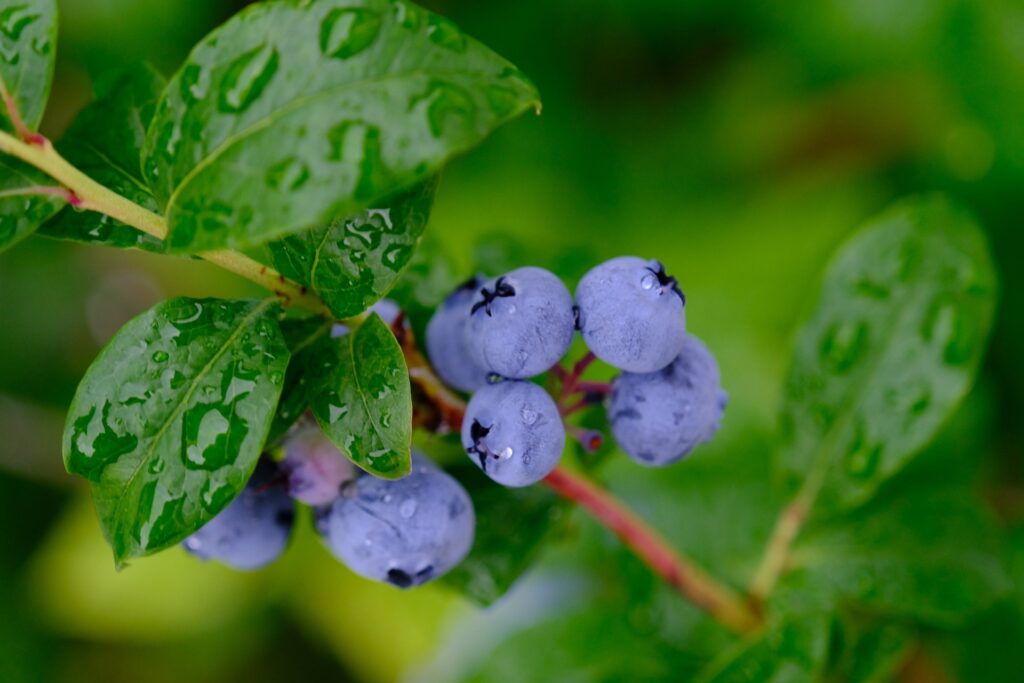
Understanding Macro Photography
Macro photography refers to the art and technique of capturing magnified images of tiny subjects, typically smaller than life-size (1:1 ratio), to reveal fine details, textures, and patterns. It allows photographers to explore the miniature world of insects, flowers, plants, textures, and everyday objects with exceptional clarity and precision.
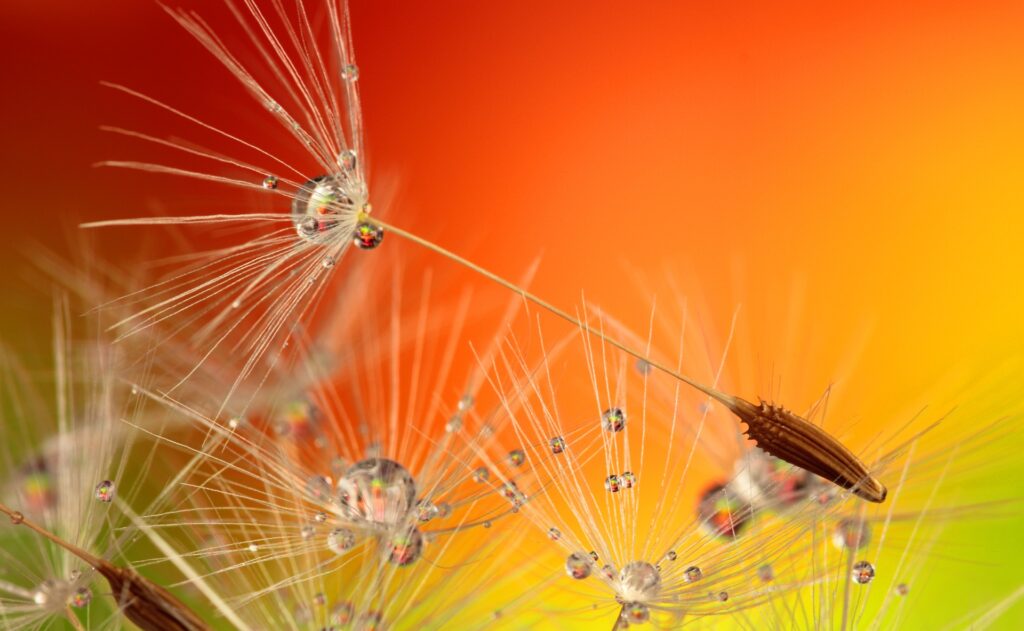
Equipment for Macro Photography
Macro Lenses: Dedicated macro lenses (e.g., 60mm, 100mm, 180mm) are designed with close focusing capabilities and high magnification ratios to capture subjects at close distances with optimal sharpness, minimal distortion, and enhanced depth of field control.
Extension Tubes: Extension tubes are accessory rings that fit between the camera body and lens, increasing the distance between the lens and sensor to achieve closer focusing capabilities and magnification for macro photography without a dedicated macro lens.
Reversing Rings: Reversing rings allow photographers to mount lenses backward onto the camera body, enabling extreme macro magnification by utilizing the lens’s front element to capture intricate details and fine textures of small subjects.
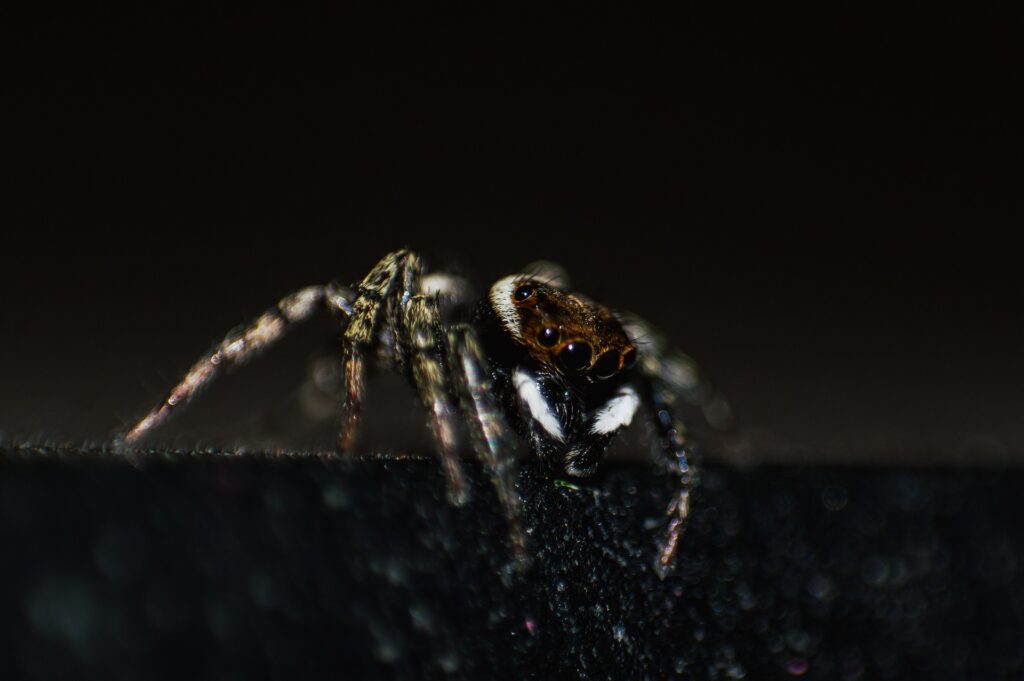
Techniques and Approaches
Focus and Depth of Field: Use precise autofocus, manual focus adjustments, or focus stacking techniques to maintain sharpness across the subject and achieve extended depth of field in macro photography. Experiment with aperture settings (e.g., f/2.8 to f/16) to control depth of field, isolate subjects from backgrounds, and emphasize details effectively.
Lighting and Diffusion: Utilize natural light, artificial lighting sources (e.g., LED lights, ring flashes, macro flashes), or diffusers (e.g., softboxes, reflectors) to enhance subject illumination, minimize harsh shadows, and reveal textures and surface details in macro photographs with balanced exposure and color accuracy.
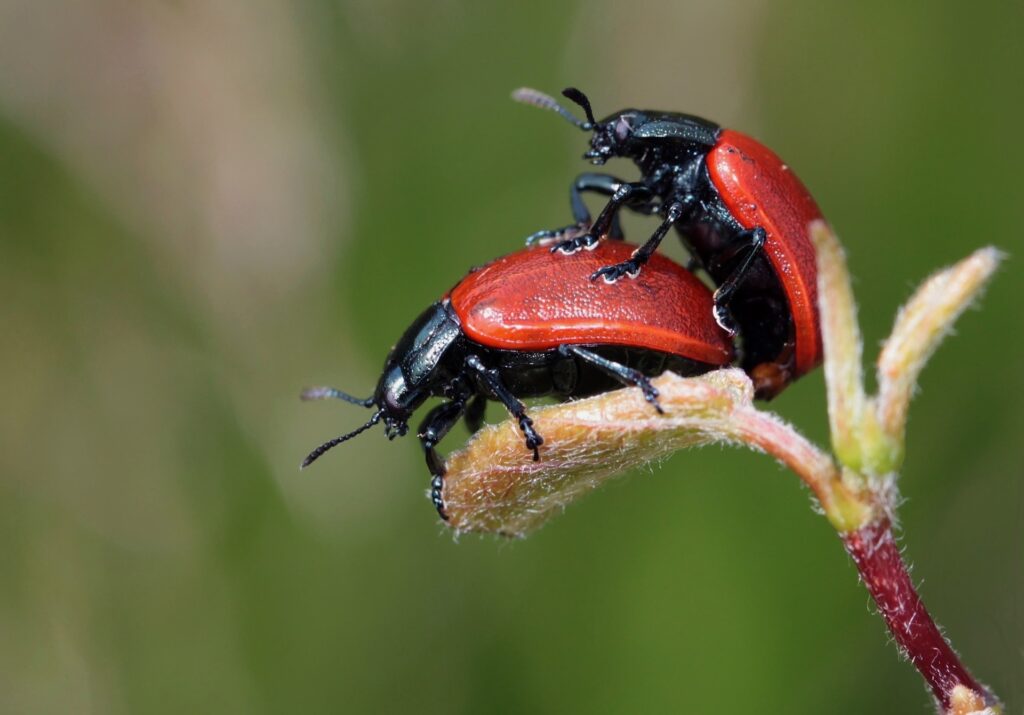
Artistic Considerations
Composition and Framing: Explore macro photography composition techniques (e.g., rule of thirds, symmetry, negative space) to frame subjects creatively, emphasize textures, patterns, and natural forms, and guide viewers’ focus within the frame to highlight intricate details and visual narratives.
Creative Exploration: Experiment with unconventional perspectives, abstract compositions, and selective focus techniques to reinterpret familiar subjects, evoke emotions, and convey storytelling elements through macro photography, capturing moments of beauty, curiosity, and scientific inquiry in visual narratives.

Practical Tips for Macro Photographers
Stability and Support: Use tripods, monopods, or stabilizing equipment to maintain camera stability, reduce motion blur, and achieve precise focus in macro photography, especially in low-light conditions or when photographing subjects with subtle movements.
Patience and Observation: Exercise patience, observe subjects’ behaviors, natural habitats, and environmental conditions to anticipate ideal moments for capturing expressive gestures, unique behaviors, and natural interactions in macro photography that convey authenticity and storytelling elements.
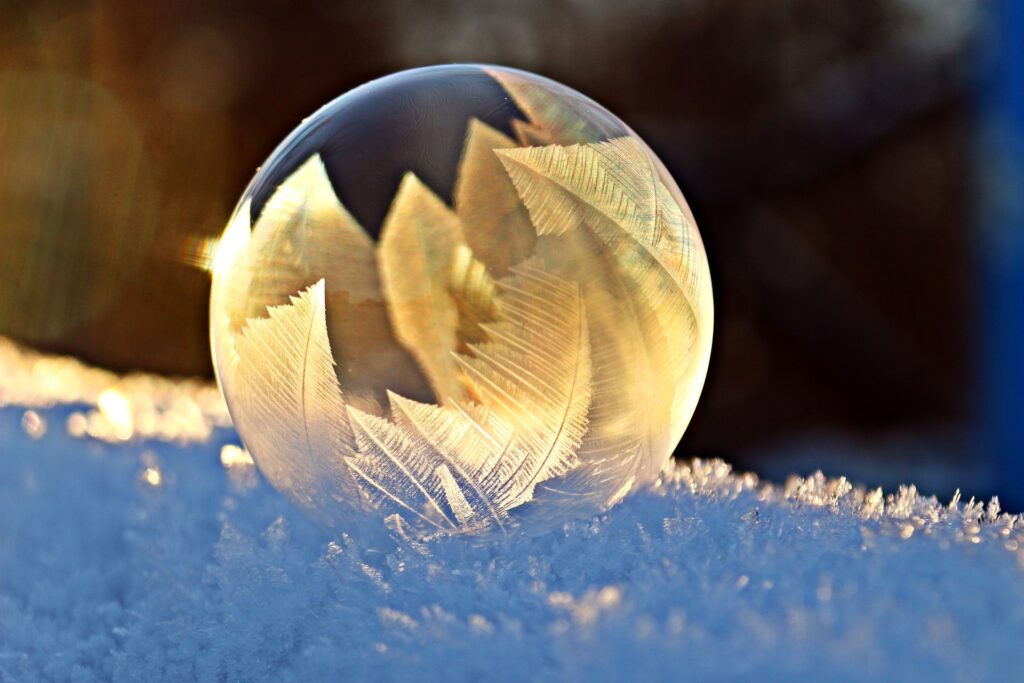
Cultural Impact and Contemporary Use
Scientific Documentation: Macro photography contributes to scientific research, environmental conservation efforts, and educational resources by documenting biodiversity, ecological interactions, and natural habitats through detailed visual documentation and scientific inquiry.
Artistic Expression: Embrace macro photography as a form of artistic expression, creative exploration, and visual storytelling in contemporary photography practices, exhibitions, online platforms, and collaborative projects that celebrate natural beauty, cultural diversity, and human curiosity.
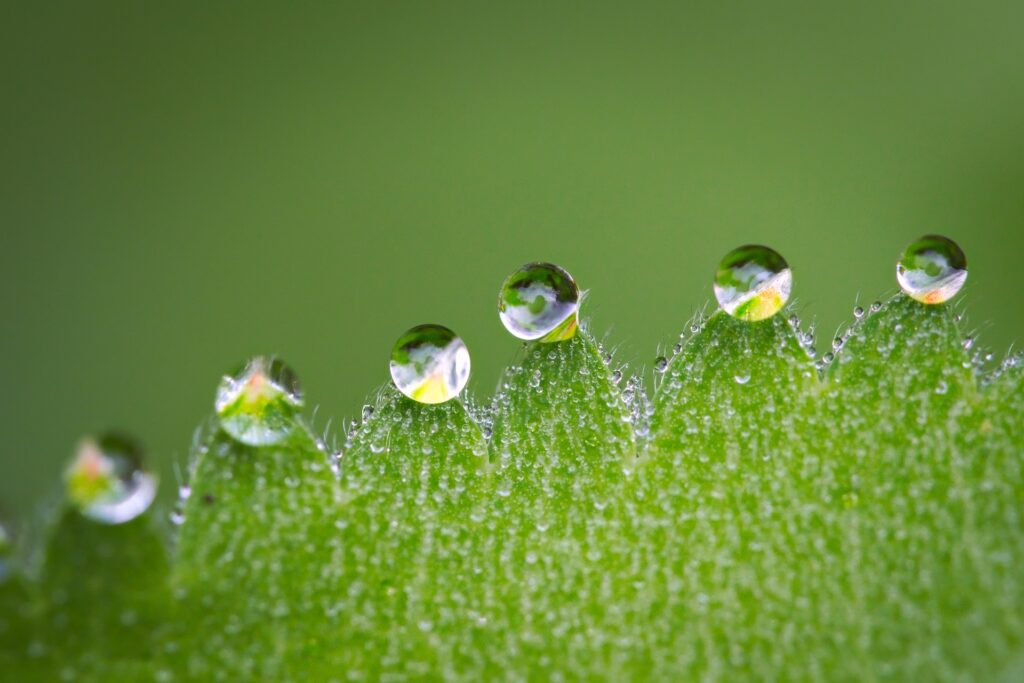
Conclusion
In conclusion, macro photography offers photographers in the United States a transformative lens into the miniature world of intricate details, textures, and natural forms, revealing unseen perspectives, scientific discoveries, and artistic interpretations through close-up exploration and visual storytelling. By mastering macro photography techniques, leveraging specialized equipment, and embracing creative experimentation, photographers innovate, inspire, and redefine visual narratives that celebrate the beauty, complexity, and resilience of life’s smallest wonders in the evolving landscape of contemporary photography practices.

As photographers continue to explore macro photography, collaborate across disciplines, and engage with diverse audiences, the future promises boundless opportunities for scientific inquiry, artistic innovation, and cultural appreciation of macro photography as an indispensable tool for documenting, preserving, and celebrating the diversity and interconnectedness of life on Earth.